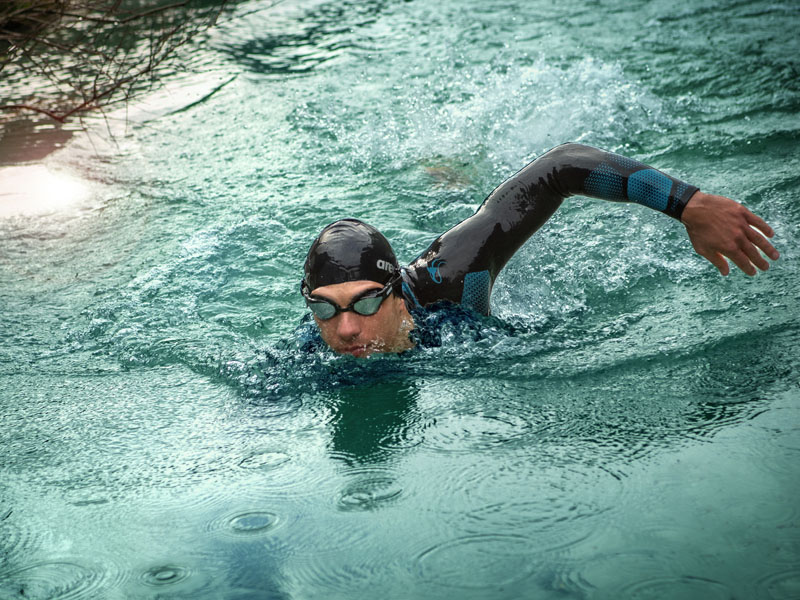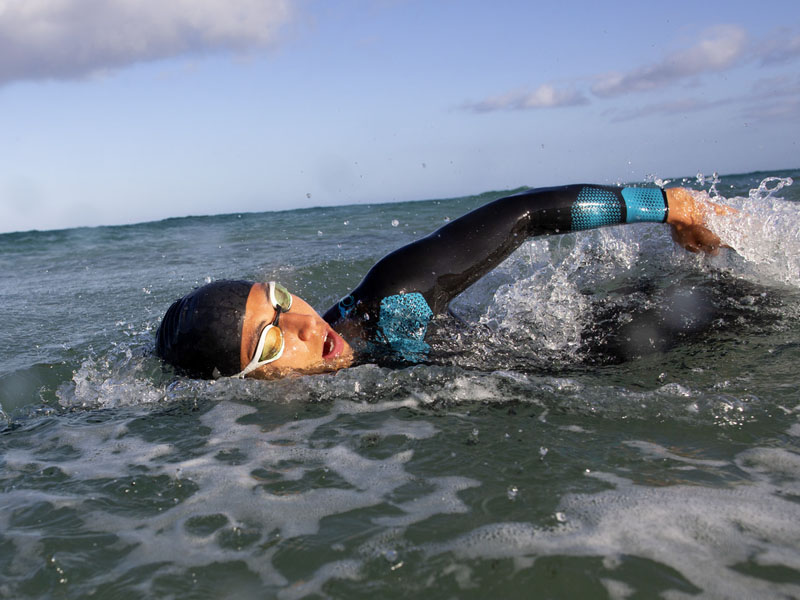Long-distance swimming routine: mistakes to avoid during training
As we mentioned in previous articles, one of the essential parts of being a winning athlete or simply satisfied with your results is to be mentally prepared. This includes the ability to create a proper daily training routine that fits perfectly into your life, just like sleeping and eating.
Routine training helps you become a better athlete.
Routine can be a double-edged sword though. Just like every activity that becomes “automatic” by doing it time and again, we can end up making certain mistakes that would be best avoided. Let’s take a look:
1. Not planning your training.
Planning is the focal point of the training season. Knowing what to do, how to do it and why you are doing it is crucial. Having a long-distance swimming routine doesn’t mean improvising, rather planning your daily training sessions. So, you should know in advance what you will be doing any given day (for example aerobic or quality workout), how you will do it (i.e. when to take a break, the correct gaits and which support tools to use) and finally, why you are doing it (at what time in the season does it fit in, what is the short-term goal and how are you going to reach it).
2. Skipping the appropriate warm-up.
We often think that long-distance training requires less warm-up compared to other types of exercise. We couldn’t be more wrong. Precisely because long-distance training uses joints (especially the shoulders) and muscles for longer, it’s a good idea to do a proper warm-up.
Ideally, you should do a pre-swim workout (e.g. using resistance bands for your shoulders, doing static holds for your core, proprioception exercises) followed by a warm-up in the pool. As the training is tough, it’s strongly advised to warm up for at least 20-30 minutes in the water before starting the main set.
3. Underestimating the importance of technique and rhythm.
Long-distance training entails the obsessive repetition of movements, sets and gaits. Often these routines lead to technical mistakes in the stroke that hinder the efficiency of the rhythm. Don’t forget that the correct technique is essential for great swimming, so refine it as much as possible.
Moreover, remember to train at the right pace. Never train below the pace of the race. The 1000 m or 2000 m tests (we already introduced T-1000 and T-2000 in previous articles) can help you set the right gait for each type of training.
We have included below a typical high-intensity aerobic training that you can add to your weekly long-distance training routine:
Warm-up:
- 400 m (100 swimming + 100 technique exercises)
- 4 sets as follows:
- 50 strong kicks with kickboard and snorkel with 30 secs recovery
- 50 swims (25 max. perfecting your stroke frequency + 25 easy) with 20 secs recovery
- 100 recovery with 30 secs recovery
Training (2 sets):
- 200 m – 400 m – 200 m – 600 m
- 400 m and 600 m sustained aerobics with 30 secs recovery — 200 restorative aerobics with 20 secs recovery (no need for additional recovery breaks between sets)
Extended ending of your choice.
Enjoy your training and see you at the next article!
Written by:
arena coaches
Swim coaches, trainers and experts will give you all kinds of tips for performing at your best in both training and races.









